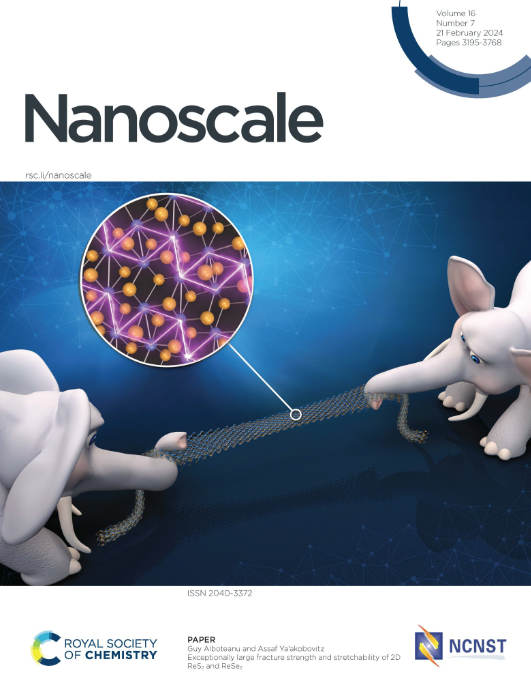Electrode Informatics Accelerated Optimization for Catalyst Layer Key Parameters in Direct Methanol Fuel Cells
IF 5.8
3区 材料科学
Q1 CHEMISTRY, MULTIDISCIPLINARY
引用次数: 0
Abstract
As the core component of direct methanol fuel cell, the catalyst layer plays the key role of material, proton and electron transport channels. However, due to the complexity of its system, optimizing its performance requires a large number of experiments and high costs. In this paper, finite element simulation combined with machine learning model is constructed to accelerate power density prediction and evaluate the influence of catalyst layer parameters on the maximum power density of direct methanol fuel cell. We built a fuel cell simulation model corresponding to different parameters, obtaining a database of more than 200 sets of 19 eigenvalues, and then used different machine learning models for training and prediction. Finally, three tree integration methods were selected to rank the importance of 19 characteristic parameters. In addition, we performed a high-throughput screening of 200,000 different parameter combinations based on Sequential Model-Based Algorithm Configuration. We selected the top 10 parameter combinations with high expected improvement score into numerical simulation model. The results show that a majority of the polarization curves obtained from the top combinations exceed the maximum power density of the original database. This method greatly saves the time of collecting fuel cell data for experiments and speeds up the parameter optimization process.电极信息学加速优化直接甲醇燃料电池催化剂层的关键参数
催化剂层作为直接甲醇燃料电池的核心部件,起着物质、质子和电子传输通道的关键作用。然而,由于其系统的复杂性,优化其性能需要大量的实验和高昂的成本。本文构建了有限元仿真与机器学习相结合的模型,以加速功率密度预测,并评估催化剂层参数对直接甲醇燃料电池最大功率密度的影响。我们建立了与不同参数相对应的燃料电池仿真模型,获得了 200 多组 19 个特征值的数据库,然后使用不同的机器学习模型进行训练和预测。最后,我们选择了三种树状整合方法来对 19 个特征参数的重要性进行排序。此外,我们还基于基于序列模型的算法配置,对 20 万种不同的参数组合进行了高通量筛选。我们选择了预期改进得分较高的前 10 个参数组合,并将其纳入数值模拟模型。结果表明,前几种组合得到的偏振曲线绝大多数都超过了原始数据库的最大功率密度。这种方法大大节省了收集燃料电池实验数据的时间,加快了参数优化过程。
本文章由计算机程序翻译,如有差异,请以英文原文为准。
求助全文
约1分钟内获得全文
求助全文
来源期刊

Nanoscale
CHEMISTRY, MULTIDISCIPLINARY-NANOSCIENCE & NANOTECHNOLOGY
CiteScore
12.10
自引率
3.00%
发文量
1628
审稿时长
1.6 months
期刊介绍:
Nanoscale is a high-impact international journal, publishing high-quality research across nanoscience and nanotechnology. Nanoscale publishes a full mix of research articles on experimental and theoretical work, including reviews, communications, and full papers.Highly interdisciplinary, this journal appeals to scientists, researchers and professionals interested in nanoscience and nanotechnology, quantum materials and quantum technology, including the areas of physics, chemistry, biology, medicine, materials, energy/environment, information technology, detection science, healthcare and drug discovery, and electronics.
 求助内容:
求助内容: 应助结果提醒方式:
应助结果提醒方式:


